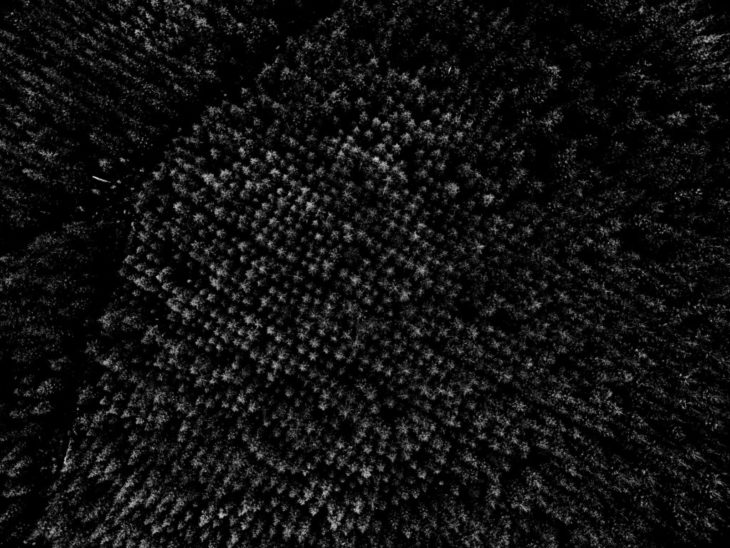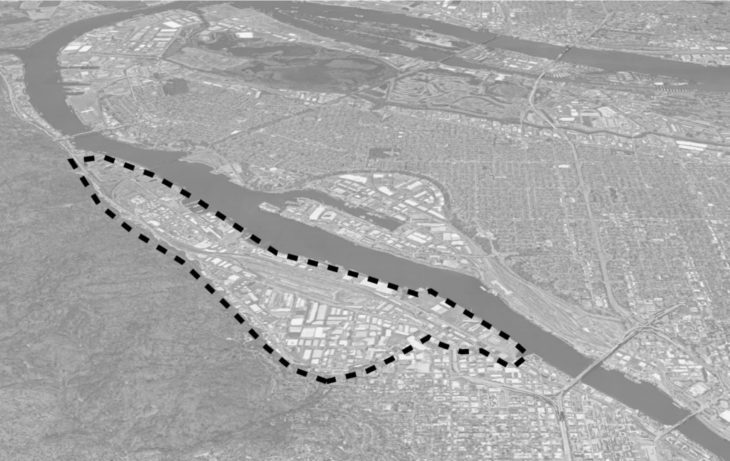
Rationale for the Integration of Timber Production Ecosystems inside Urban Regions
The urban challenge of the this century is to provide new spaces for a growing urban population in a sustainable manner. Over the past decades, mass timber emerged as a viable and sustainable response to the global rapid urbanization rates, although, to solve the problem a large amount of timber resources will be need to be extracted and processed.
A number of cities across the world have been establishing rules to mandate the utilization of timber in new buildings, is expected that more authorities around the world will follow this tendency, thus creating an increasing demand of timber for construction purposes. Preserving a sustainable balance between the construction industry needs and the material sources means rethinking the relationship between cities and productive forests.
In this given scenario, Would the urban regions be able to compensate its future timber demand by introducing productive forestation as the basis for urban planning?
By readapting concepts such as the “garden city” and “urban forest”to the complexity of the contemporaneous metropolis we might be able to establish a new urban language to fade the limits of the city and the productive landscape in order to create a symbiotic urbanism.
Case Study: Portland, Oregon
Portland is a city in the Pacific Northwest region of the United States, this region has one of the oldest timber industry ecosystems of the country and in present day the city deals with sub-utilized industrial zones. Given the robust timber industry in the state, Portland industrial heritage areas have the potential to hold productive forest inside the city.

Northwest Industrial District. Google Maps, 2022
Using an “acupuncture urbanism” approach, the new productive plantations can use a layout that changes with time, promoting the exploration of the area by the citizens while using adequate protection measures for the plantations. In theory, this area would sequester seventy thousand tonnes of atmospheric carbon dioxide in a fifty year period. The location is ideal for commercialization purposes since the area is facing the river.
Wood Urbanscapes is a project of IaaC, Institute for Advanced Architecture of Catalonia developed at Master in Mass Timber Design in 2021 by: Student: Julio Javier Ramirez Argaiz. Faculty: Daniel Ibáñez